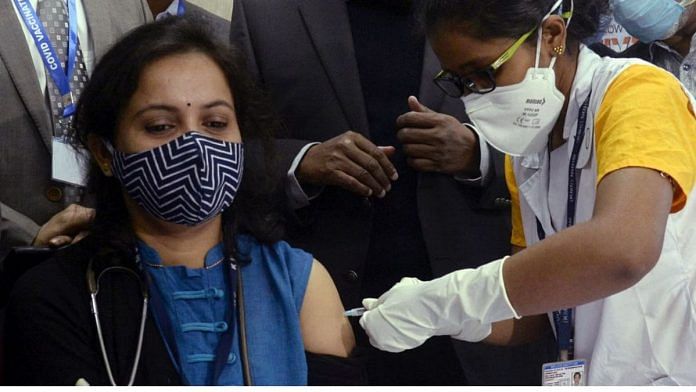New Delhi: There has been an over 50% rise in the number of allopathy doctors in primary health centres since the launch of the National Rural Health Mission in 2005 but the critical shortage of specialist doctors at the community health centres persists. The latest edition of the Rural Health Statistics 2021-22 shows that India is facing a shortfall of 83.2% of surgeons, 74.2% of obstetricians & gynaecologists, 79.1% of physicians and 81.6% of paediatricians.
There are three levels of health centres under the National Health Mission (which includes a rural and a urban health mission) – sub centres which are the first points of contact with patients/community, primary health centres which are basically single doctor clinics taking care of day to day healthcare needs, and community health centres that provide referrals as well as specialist health care to the rural population.
“The allopathic doctors at PHCs have increased from 20,308 in 2005 to 30,640 in 2022, which is about 50.9% increase. There is shortfall of 3.1% of allopathic doctors at PHC, out of the total requirement at all India level. The specialist doctors at Community Health Centeres (CHCs) have increased from 3,550 in 2005 to 4,485 in 2022. Moreover, as compared to requirement for existing infrastructure, there is a shortfall of 83.2% of surgeons, 74.2% of obstetricians & gynaecologists, 79.1% of physicians and 81.6% of paediatricians. Overall, there is a shortfall of 79.5% specialists at the CHCs as compared to the requirement for existing CHCs,” says RHS 2021-22 that was released Thursday by Health minister Mansukh Mandaviya.
Since 1992, the Ministry of Health and Family Welfare has published this annual report which includes data on health infrastructure and manpower, up to 31st March of every year.
The publication is based on the data uploaded by States/UTs and is published only after getting verified by them.
As per norms, each sub centre (SC) is supposed to cater to a population of 3,000-5,000, each PHC to a population of 20,000-30,000 and each CHC to a population of 80,000-1,20,000. Actually, The RHS estimates as of 31 March, 2022, has revealed that each SC catered to an average of 5691 people, each PHC to 36049 people and each CHC to 164027 people.
Urban health statistics
The RHS also provides an update on the status of implementation of the urban component of the health mission under which multi tier health centres are set up to cater mainly to people living in urban slums. There is a vacancy of 18.8% of doctors, 16.8% of pharmacists, 16.8% of lab technicians and 19.1% of staff nurses at the U-PHCs, the report says. There is a shortfall of 35.5% auxiliary nurse midwives at PHCs. Additionally, there is also a shortfall of 5.0% of doctors, 24.5% of pharmacists, 29.1% of lab technicians and 1.2% of staff nurses
at U-PHCs.There is also a shortfall of 46.9% of total specialists, 14.7% of General Duty Medical Officers (GDMOs), 49.3% of radiographers, 3.9% of pharmacists, 7.2% of lab technicians and 5.3% of staff nurses at Urban Community Health Centres (U-CHCs).
The population covered by a U-PHC may vary from 50,000 for cities with sparse slum population to 75,000 for highly concentrated slums. Urban Community Health Centre U-CHCs is set up as a referral facility for every 4-5 U-PHCs. The U-CHC caters to a population of 2,50,000 to 5 lakhs. For metropolitan the metro cities, UCHCs are to be established for every 5 lakh population with 100 beds.
Also read: Majority of Indian consumers prefer front-of-pack label than FSSAI’s star rating, survey finds



